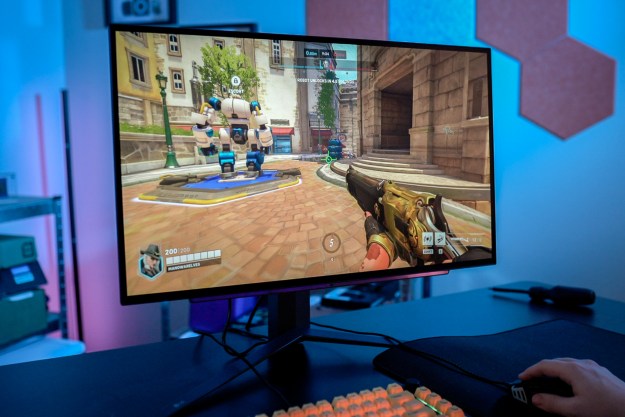The vulnerabilities in the Windows Print Spooler service just won’t end for Microsoft. Despite a recent patch, a cybersecurity researcher has managed to exploit a new bug in the spooler — showing how someone with bad intent can gain administrative privileges in Windows by using a custom print server.
The new vulnerability works only in a specific situation but is still concerning since it’s not patched. Security researcher Benjamin Delpy showcased the inner workings of the vulnerability on his Twitter. This involves using a specific custom print server to install a specially created print driver that can run at the system-privilege level. This can allow non-admin users to open a command prompt with elevated privileges. You can see this in action in this video, as tested by Bleeping Computer, which first reported on the vulnerability.
Since the vulnerability is not patched, the easiest way to prevent it would be to disable Windows Print Spooler entirely. However, an advisory posted online showcases other methods. These are more complex and involve blocking remote traffic and restricting Point and Print functionality via the Group Policy editor. This makes it so non-admin users can only install print drivers from an approved list, but permitted print servers still can be injected with bad drivers.
It doesn’t seem like there’s going to be an end to PrintNightmare vulnerabilities anytime soon. Microsoft already fixed the initial PrintNightmare issue with a rare out-of-band patch, but since then security researchers have been digging into Microsoft’s fix and raising new concerns. On July 16, researchers demonstrated that someone with local (physical) access to a PC can use the Print Spooler to install programs and view, change, or delete data under a specific scenario.
This would be the third big issue reported by researchers, and there could be more on the way soon. The DefCon and Black Hat conferences are coming up. Usually, that’s where issues like this one are discussed. DefCon is the largest underground conference where hackers, corporate IT professionals, and government agencies aim to expand their knowledge and skill set in the world of hacking.
Editors' Recommendations
- Microsoft announces a new threat to push people to Windows 11
- Microsoft plans to charge for Windows 10 updates in the future
- Windows just gave us another reason not to download fresh updates
- ChatGPT can now generate working Windows 11 keys for free
- The new Windows 11 Backup App takes another cue from the Mac


